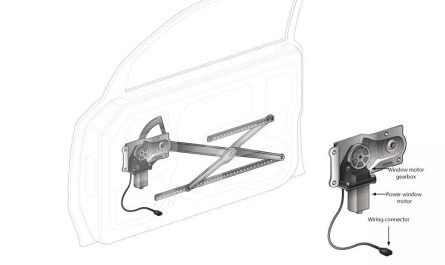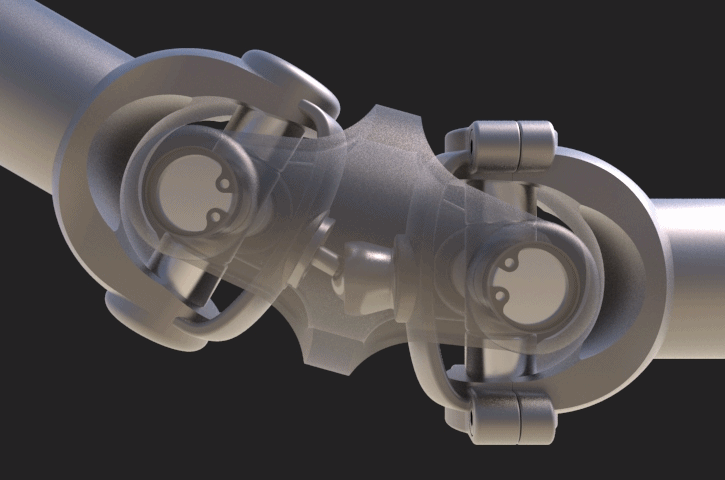Introduction
Fuel pressure regulator is a mechanical or electronic device designed to regulate the pressure of fuel supplied to an engine’s fuel injectors. Its primary function is to maintain a consistent fuel pressure, typically between 35-45 psi (pounds per square inch), to ensure proper fuel atomization and combustion. This pressure range allows for efficient engine performance, optimal fuel
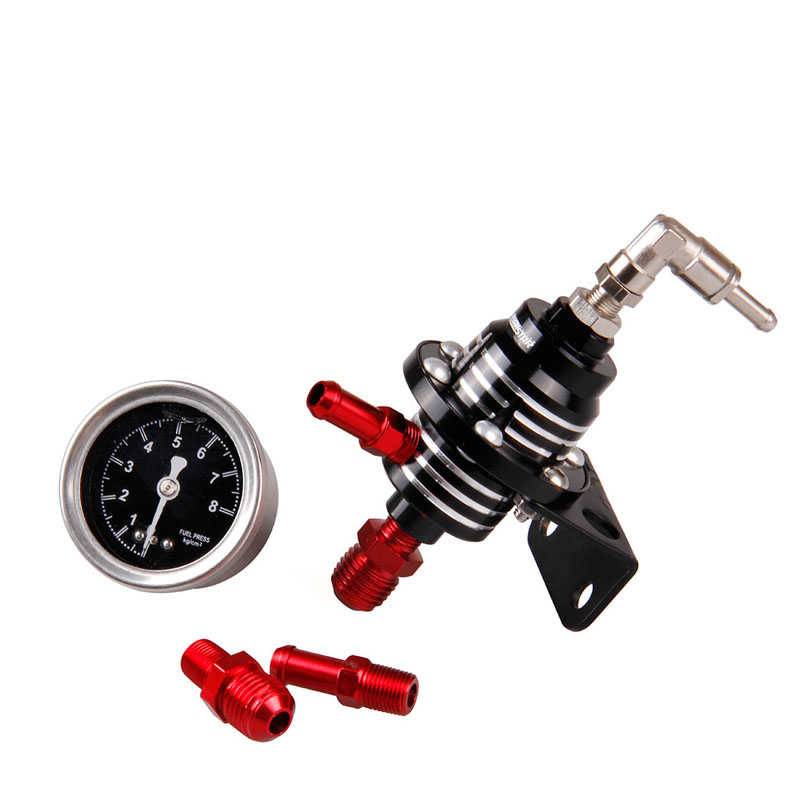
How does it Work?
Think of the Fuel pressure regulator as a gatekeeper for your fuel system. It regulates the pressure of fuel delivered to your engine’s injectors. If the pressure is too high, the engine can run rich, leading to wasted fuel and potential damage. Conversely, if the pressure is too low, the engine may run lean, resulting in reduced power, poor fuel economy, and even misfires. The FPR achieves this delicate balancing act by using a diaphragm and spring. When the fuel pressure in the system rises above a predetermined level, the diaphragm is pushed upwards, closing a valve that restricts fuel flow. This helps to maintain a constant fuel pressure.
Types of Fuel Pressure Regulator
There are two primary types of fuel pressure regulator : mechanical and electronic.
- Mechanical Fuel Pressure Regulator : These regulators use a spring-loaded diaphragm to regulate fuel pressure. As fuel pressure increases, the diaphragm moves, opening or closing a valve to maintain the desired pressure. Mechanical regulators are commonly used in older vehicles and are relatively simple in design.
- Electronic Fuel Pressure Regulator : These regulators use electronic sensors and actuators to monitor and control fuel pressure. They are more precise and responsive than mechanical regulators, making them ideal for modern vehicles with advanced fuel injection systems. Electronic regulators can also be integrated with other engine management systems, such as the Engine Control Unit (ECU).
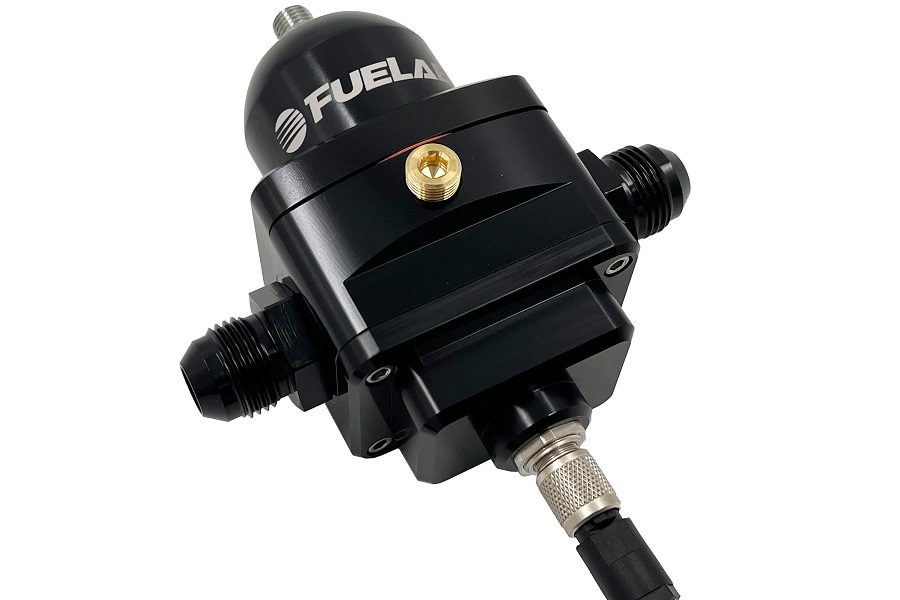
Signs of a bad Fuel Pressure Regulator
While the FPR is a reliable component, it can eventually wear out or become damaged. Here are some common signs that your FPR may be malfunctioning:
- Reduced fuel economy: If your car is using more fuel than usual, it could be a sign that the FPR is not regulating pressure correctly.
- Rough idle or stalling: A faulty FPR can disrupt the fuel-air mixture, leading to a rough idle or even stalling.
- Engine misfires: If your engine is misfiring, it could be due to insufficient fuel supply, which can be caused by a malfunctioning FPR.
- Check engine light: A faulty FPR can trigger the check engine light to illuminate.
Fuel Pressure Regulator Symptoms
While the fuel pressure regulator is designed to be reliable, it can still malfunction or fail over time. Some common issues include:
- Clogged Fuel Filters: A clogged fuel filter can restrict fuel flow, leading to low fuel pressure and poor engine performance.
- Worn or Damaged Diaphragm: A worn or damaged diaphragm can cause the regulator to malfunction, leading to inconsistent fuel pressure.
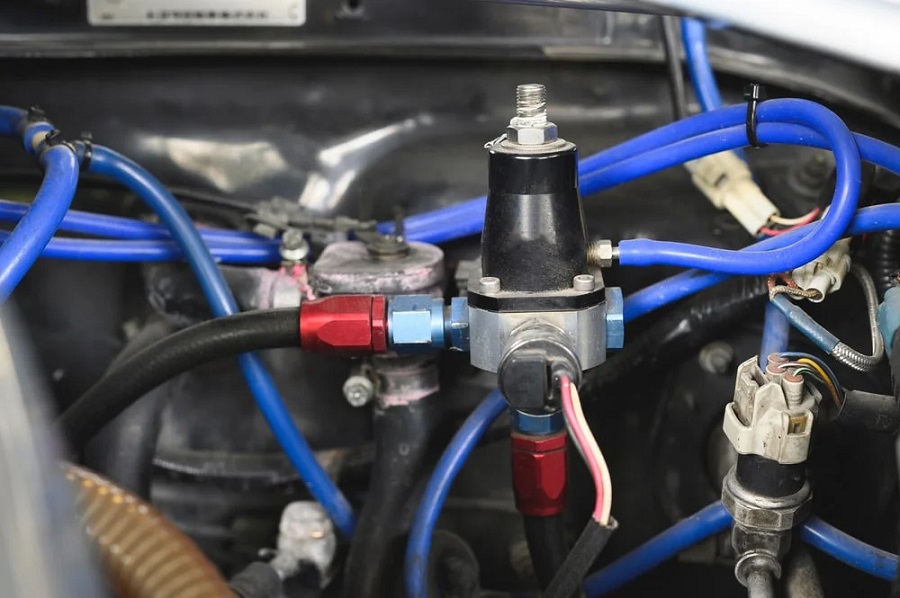
- Electrical Issues: Electronic fuel pressure regulator can be prone to electrical faults, such as faulty sensors or wiring issues.
Would O2 Oxygen Sensor Mess with a Fuel Pressure Regulator ?
The oxygen sensor (O2 sensor) and fuel pressure regulator (FPR) are two essential components of a vehicle’s engine management system. While they may seem like separate entities, their functions are interconnected, and a malfunction in one can significantly impact the performance and efficiency of the other.
➣ Signs of O2 Sensor or FPR Issues
If you suspect that your O2 sensor or FPR may be malfunctioning, you
may notice some of the following symptoms:
- Reduced fuel economy
- Engine misfires
- Rough idle or stalling
- Check engine light
If you are experiencing any of the symptoms listed above, it is important to have your vehicle inspected by a qualified mechanic to determine the root cause of the problem.
How to Test Fuel Pressure Regulator ?
Required tools needed for testing the Fuel Pressure Regulator are following fuel pressure gauge, test light, screwdriver, socket wrench, safety glasses, gloves
Steps:
- Safety First: Park on a level surface, turn off the engine, and disconnect the negative battery terminal.
- Locate Test Port: Find the test port near the engine or fuel rail.
- Connect Gauge: Attach the fuel pressure gauge securely.
- Check Pressure: Turn on the ignition (engine off). The pressure should rise to a specific value (check your manual).
- Inspect for Leaks: Look for leaks in fuel lines, fittings, and the FPR itself.
- Test Electrical Supply: Use a test light to check if power is reaching the FPR.
- Compare Readings: If pressure is low, the FPR might be faulty.
- Replace FPR: If necessary, replace the FPR with professional help.
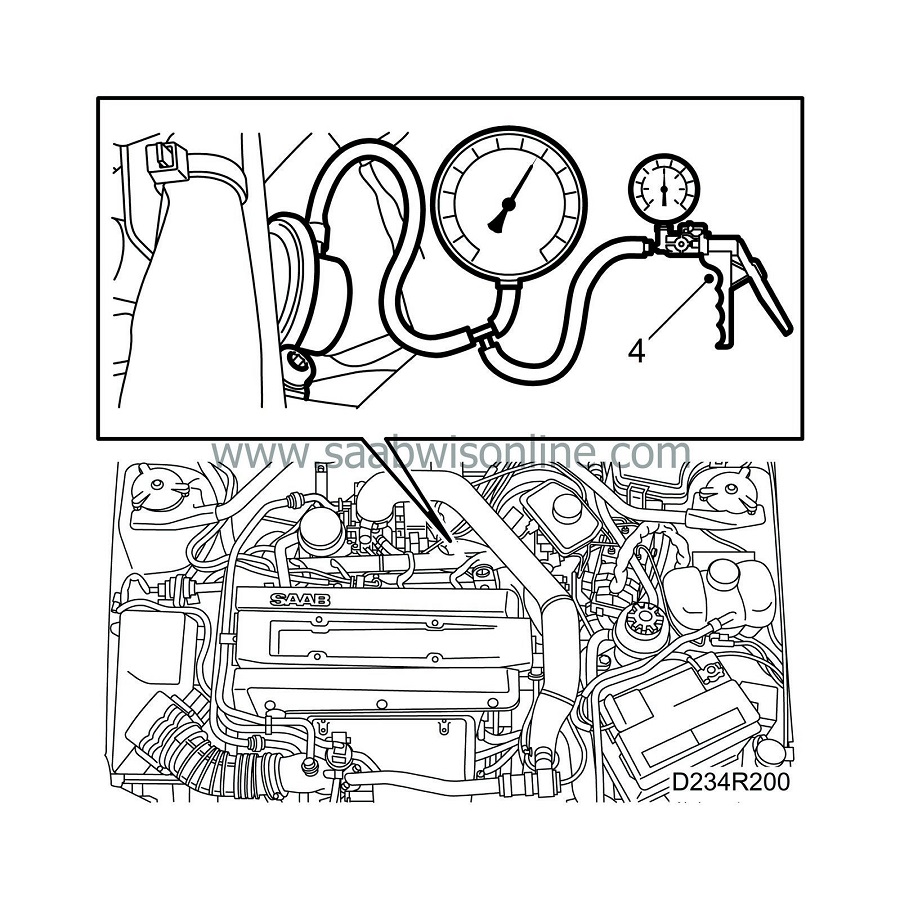
How do I adjust the New Fuel Pressure Regulator ?
Required tools needed for adjusting the new fuel pressure regulator are following Fuel pressure gauge, socket wrench, screwdriver, adjustable wrench, safety glasses, gloves.
Steps:
- Safety First: Park, turn off the engine, and disconnect the battery.
- Locate FPR: Near fuel rail or engine.
- Disconnect Fuel Lines: Carefully disconnect.
- Remove FPR: Use socket wrench.
- Install New FPR: Position and secure.
- Reconnect Fuel Lines: Tightly but not over-tightened.
- Connect Pressure Gauge: To test port.
- Start Engine: Observe the pressure gauge.
- Adjust as Needed: Refer to the manual.
- Retest Pressure: Ensure correct range.
- Reconnect Battery: Connect Battery

Tips: Wear safety gear, avoid overtightening, and consult a mechanic if unsure.
Conclusion
In conclusion, the fuel pressure regulator is a critical component in modern vehicles, playing a vital role in maintaining optimal engine performance, fuel efficiency, and emissions control. By understanding the function, types, and importance of fuel pressure regulator, vehicle owners, and mechanics can better diagnose and address issues related to fuel pressure regulation, ensuring their vehicles run smoothly and efficiently.

